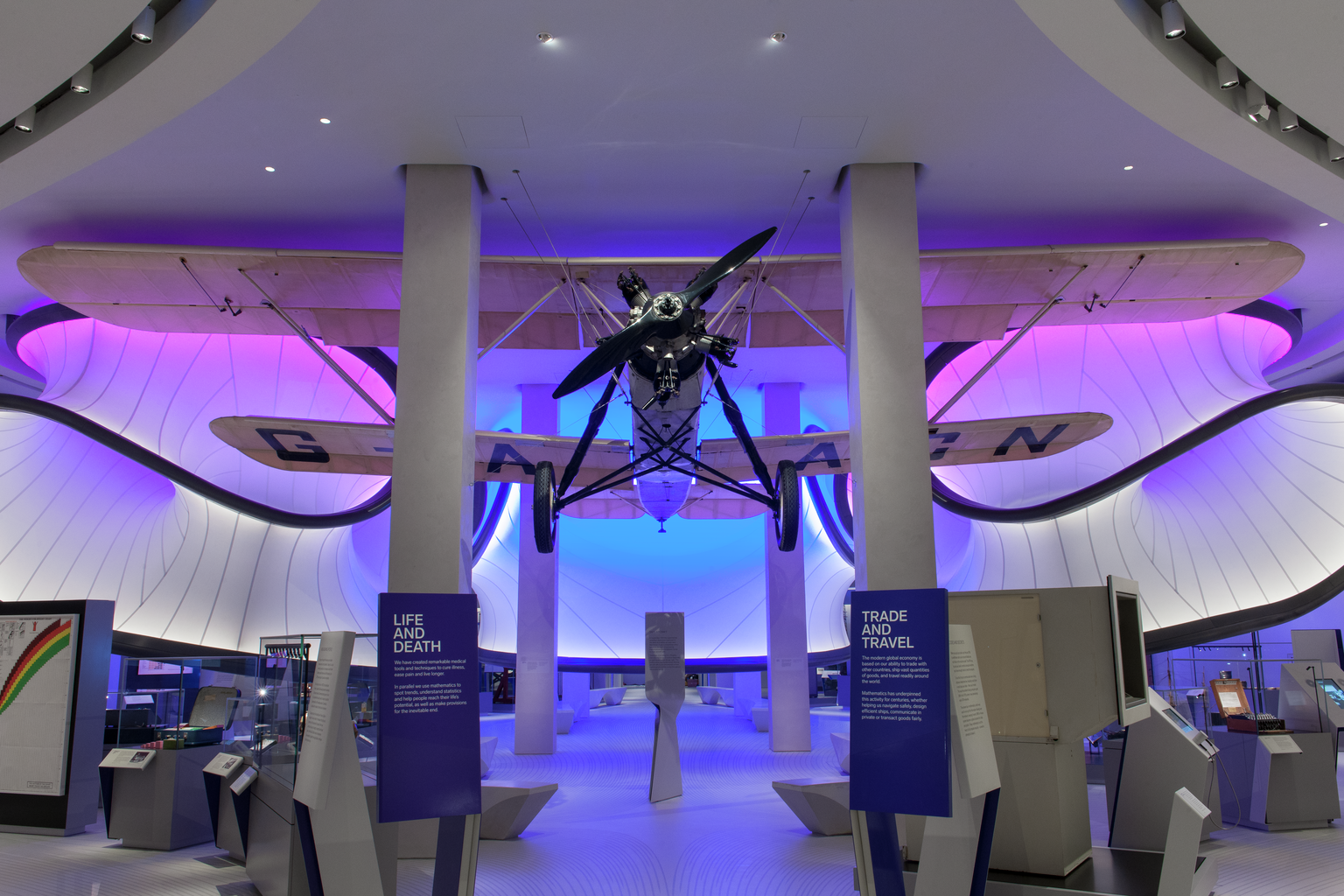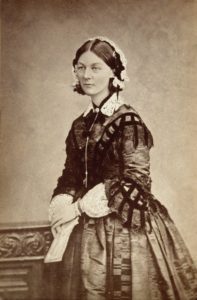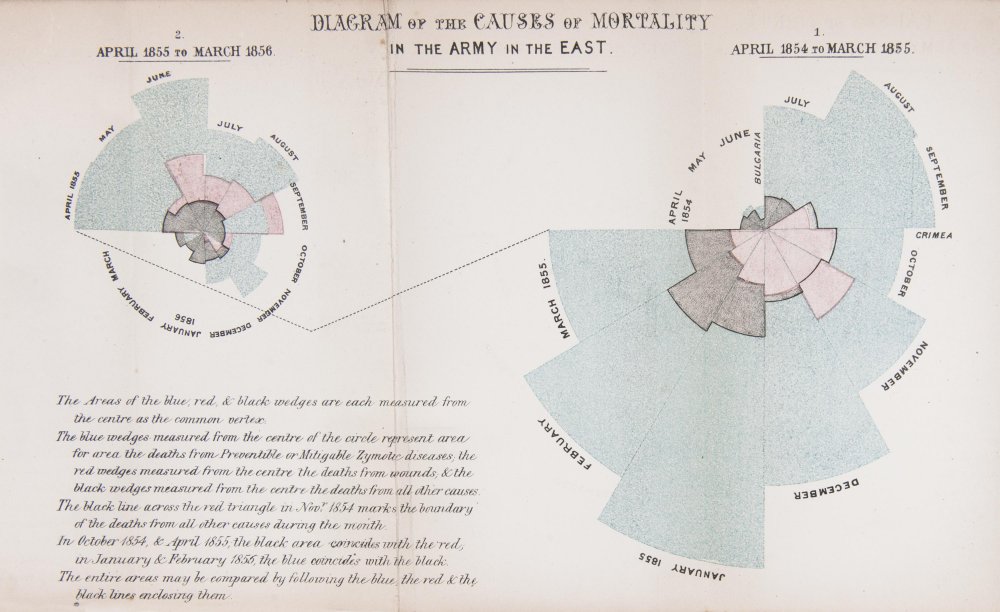As indicated by the STEM (science, technology, engineering and maths) acronym, maths is often listed as additional discipline to the others. Yet maths isn’t just another subject; rather, it is also the language of the others.
I’m currently looking into the Science Museum Group Academy’s maths engagement offer and how we can best support educators in this area, including our training courses and resources. Through my research into our museum collections I’ve come across so many examples where maths has been crucial to advances in science, technology and engineering and have been thinking about the methods we can use to share and deliver these stories.
Across the Science Museum Group, our museums look at the history of science, technology, engineering and mathematics through objects and stories. We have some objects that would be more commonly associated with maths, but, when I started looking at our collections through a maths lens, I realised that ALL of our objects have maths at their heart. There is maths in each object’s shape, weight, and design, as well as in the story behind it.
I have enjoyed looking through our collections with my maths lens. Below are some of my top examples of how maths has shaped society.
Mathematics in everyday life
When I started thinking about maths in our museums, the first place that came to mind was Mathematics: The Winton Gallery, at the Science Museum. Mathematics is a gallery filled with maths related objects, like abacuses, lottery machine, weights, code breaking devices and more. The objects in this gallery range from those you might have come across in a history class, maths class and those that are more every day.

Medicine
Much of our understanding of medicine has changed because of maths, specifically data collection and analysis. Data collection and analysis are crucial for us to find out if there has been a change overtime, such as understanding whether an intervention or treatment has been effective by testing/collecting results before and after.

Medicine: The Wellcome Galleries at the Science Museum shares the stories of hundreds of medical objects that reflect our change in understanding of the world because of data analysis. One of these stories is of Florence Nightingale and how she collected data on soldiers who died in the Crimean War. From her data analysis she found that more solders died of illnesses than wounds and as a result of this information, she was able to advocate for better conditions, and improve survival rate. Without maths this observation could not have been made and the advancements following could not have happened.

Technology and Innovation

Computing is one of the biggest technological innovations of the past century. The basis of computing is a mathematical problem of calculating a lot of information quickly. It is because of mathematicians in the past like Ada Lovelace and Alan Turing that we have computers today. The stories of mathematicians’, such as these, are found across all of our Science Museum Group museums. The mathematical skills of problem solving, and logical reasoning pushed these people to see beyond what was currently possible. Our collections showcase that maths skills lie behind many of the world’s greatest developments of technology and innovation.
Industry
Industry is also represented throughout our museums. For example, the railway changed British industry, and maths was critical to all of it. Designing the locomotives, surveying the land for the track, connecting the towns based on need, timetabling of the trains and fares of passengers all require maths. Not only was maths needed historically, but all of these challenges are still relevant today.

Through my research I’ve found that maths underpins everything throughout our collection and there are many more stories to tell. During this project I’m looking forward to helping share these stories and insights, showcasing them in resources such as image banks, hands-on activities, activity trails and supporting resources for educators visiting our museums.
Our ‘maths engagement’ series shares insights from the research, development, and delivery stages of our new maths engagement offer.
The first post in this series shared our journey into maths engagement. Upcoming posts will feature how our science engagement tools relate to our maths engagement approach, and some of the maths engagement resources we’ve begun developing.
